
Whether you’ve finally taken the plunge to remodel or you’re currently designing your dream home, one of the most important features in your bathroom will be your vanity. As the central hub of washing up, brushing teeth, styling hair, putting on makeup and many other tasks, the vanity must be both a useful workhorse and an attractive centerpiece.
Fortunately, your options are virtually limitless when it comes to bathroom vanity size, shape and material. Below, we’ll examine each of these features in greater detail to help you decide on the ideal bathroom vanity for you and your family.
Vanity Size: Creating the Perfect Fit
The overall size of your vanity will largely depend on how many sinks you need in your bathroom and how much free counter space you prefer. For larger bathrooms, two sinks (called a double vanity) are standard, but the choice is yours. Sinks themselves are sometimes included in vanities, but many homeowners choose to select their own.
Most vanities are available in industry standard sizing:
Standard height: 30 - 34 inches
Standard width: 24 - 72 inches
Standard depth: 18 - 21 inches
Of course, all of these sizes are negotiable to some extent. Families on the taller side, for example, may prefer what’s called “comfort height” for their vanities, which measures in at 36 inches instead of the standard 30 - 34 inches.
The other dimensions (width and depth) really depend on how large your space is and your personal preference. Naturally, you’ll want to keep the vanity depth within reaching range so that you can reach the faucet, things on the back of the counter and the mirror for cleaning.
Shape: Matching Function and Style
The shape of a vanity generally refers to its overall style. Conventional vanity shapes include cabinet-style pieces that sit on the floor and attach to the wall. These look like typical kitchen cabinets. There are also freestanding vanities, which are usually the same shape, but which sit on the floor and do not attach to the wall. These are also known as furniture style vanities.
In recent years, floating or wall-mounted vanities have become popular. These do not sit on the floor but are mounted to the wall with varied amounts of space beneath. Take caution not to put excessive force on these pieces, especially if you have children. Even though they are strong, they can still detach from the wall.
Beyond standard shapes, you’ll have a plethora of additional shape options available. There are boxy modern vanities, old-fashioned curved vanities, pedestal vanities and many others.
Many of your options will involve storage. You can choose to have one or two large drawers, many smaller drawers, cabinet doors with shelving, open shelves, no storage at all or a host of other options beneath your countertop.
Material: When Beauty Meets Durability
Bathroom vanity material options range from concrete, wood, laminate and porcelain to granite, marble and quartz. When selecting the right material for your countertops, consider the rest of your space first. Vanity countertops tend to match the color and material scheme elsewhere in your bathroom.
You’ll also want to think about how durable you’ll need your vanities to be. If they won’t get daily wear (in a guest bathroom, for example), a more delicate material such as wood can be attractive. For heavy daily use, however, wooden countertops might succumb to obvious wear and tear much faster than something like marble. In this vein, if you have children, you may want to consider a more durable countertop material as well.
Personalize Your Space With a Custom Vanity
Ultimately, the vanity you choose will depend upon your personal preferences and the retailer you work with. At Modern Bathroom, our bathroom vanities are available in a wide variety of sizes, shapes and materials. To learn more about our options, we invite you to browse our shop online or visit our Southern California showroom today.


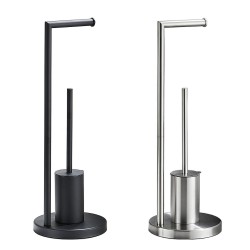
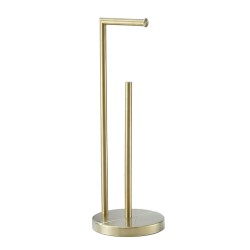
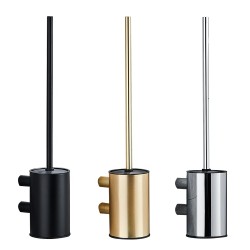
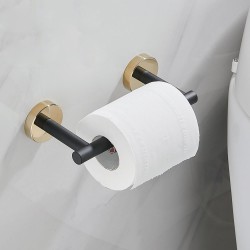
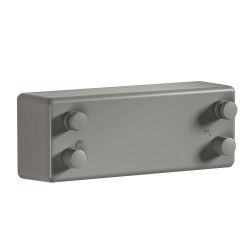
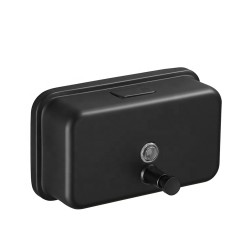
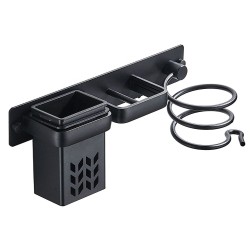
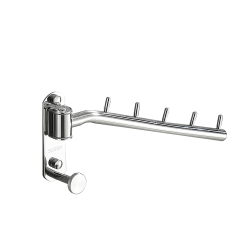
10 Comment(s)
deneme
sss
Excelente
I LIKE THIS JOURNAL BLOG
THE JOURNAL BLOG IS GOOD THANKS GUYSS :)
PLEASE VISIT MY BLOG FOR MY INFO
MEMBUAT KEYWORD DIBLOGCOMMENTS
<a href="https://www.asianbet77.group/produk/taruhan-bola/">TARUHAN BOLA</a>
Tips Jitu Menang Slot games LIVE22
<a href="https://irmarasikaslotlive22.blogspot.com/p/tips-jitu-menang-slot-games-live22.html">Tips Jitu Menang Slot games LIVE22</a>
CARA MENANG GAMES SLOT ONLINE LIVE22
<a href="https://irmarasikaslotlive22.blogspot.com/p/cara-menang.html">CARA MENANG GAMES SLOT ONLINE LIVE22</a>
https://irmarasikaslotlive22.blogspot.com/p/cara-menang.html
MAIN GAMES MODAL 20RIBU UNTUNG BESAR
<a href="https://irmarasikaslotlive22.blogspot.com/p/main-games-modal-20ribu-untung-banyak.html">MAIN GAMES MODAL 20RIBU UNTUNG BESAR</a>
DING DONG ONLINE / SLOT ONLINE
<a href="https://irmarasikaslotlive22.blogspot.com/p/ding-dong-online.html">DING DONG ONLINE / SLOT ONLINE</a>
DAFTAR SLOT LIVE22
<a href="<a href="https://irmarasikaslotlive22.blogspot.com/p/ding-dong-online.html">">DAFTAR SLOT LIVE22</a>
LOWONGAN KERJA
<a href="<https://irmarasikaslotlive22.blogspot.com/p/lowongan-kerja.html>">DAFTAR LOWONGAN KERJA</a>
BERITA TERBARU DAN TERHANGAT
<a href="<https://irmarasikaslotlive22.blogspot.com/p/berita-terbaru.html>">BERITA TERBARU DAN TERHANGAT</a>
BERITA BOLA & INFO UPDATED BOLA
<a href="<https://irmarasikaslotlive22.blogspot.com/p/berita-bola.html>">BERITA BOLA & INFO UPDATED BOLA</a>
KATA - KATA KISAH NYATA IRMARASIKA
<a href="<https://irmarasikaslotlive22.blogspot.com/p/kata-kata-kisah-nyata.html>">KATA - KATA KISAH NYATA IRMARASIKA</a>
When visiting a different country, some travelers want to experience what it is like to live like a local, even for a day, in addition to taking in all the sightseeing spots. In this edition of Chotto Zeitaku, I visited places I imagined the residents living in the upscale districts of Tokyo would go and spent an ideal day out doing as what locals may do in Omotesando, Aoyama, Roppongi and Azabu Juban.
I started my day at Farmers Market in Omotesando, which is only open on weekends from 10:00 - 16:00. Located at the entrance square of the United Nations University in Aoyama, Farmers Market is an attractive open air market comprising of about 20-30 small businesses bringing a variety of fresh seasonal produce from all over the country, ready-made products, and home and lifestyle goods into the city center. This place is, for me, one of the best local markets you can find in central Tokyo.
Many of the business owners are either farmers or source their products directly from the farmers themselves, so you can be sure that their product knowledge is top notch. While the scale of the market is quite compact, there is more than enough variety for everyone. Short-term visitors looking for edible Made in Japan souvenirs, look no further than Farmers Market in Aoyama!
My favorite style 3 <3
<a href="https://www.ticaretpanelim.com/" title="TicaretPanelim Opencart Entegrasyonu" rel="dofollow" target="_blank">OpenCart Entegrasyonu</a> ile sitenizde yer alan siparişlere, ürünlerinize ve müşterilerinizi tek ekranda takip edin. <a href="https://www.ticaretpanelim.com/" title="TicaretPanelim Opencart API Entegrasyonu" rel="dofollow" target="_blank">Opencart API Entegrasyonu</a> sayesinde müşterilerinizi her zaman datanızda tutun. Opencart api entegrasyonu ile pazaryerlerinizi ön plana taşıyın.
Üstelik JOURNAL 3 Temasına uygun şekilde tasarlanmıştır.
https://kartuscenter.com/
We provide support for those looking for 'Take my GED for me' or 'Take my TEAS exam' solutions. Need help with your GED or TEAS exam? We offer services so you can pay someone to take your GED or TEAS exam, hire someone for exam assistance and solutions.
Are you looking for who will 'Write My Dissertation For Me?' We provide support for those looking for 'Dissertaion Writing Services' or 'Dissertation Help'. We offer services so you can 'Pay Someone To Do Your Dissertation'.
Very Good & much Great. You are successful because you share all the Knowledge you know with others. That’s a Great sign! Good Luck
to the Future AND thanks.
Leave a Comment